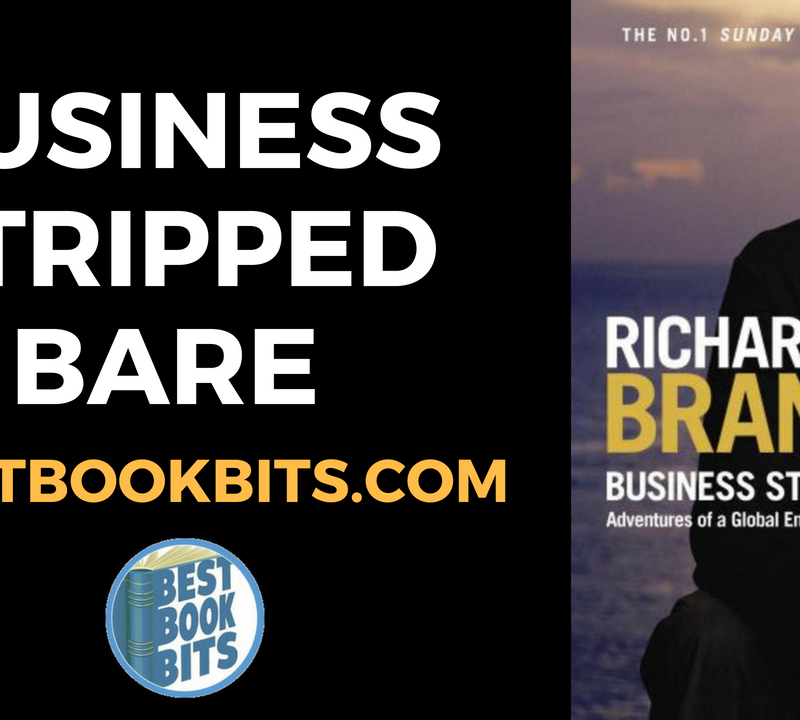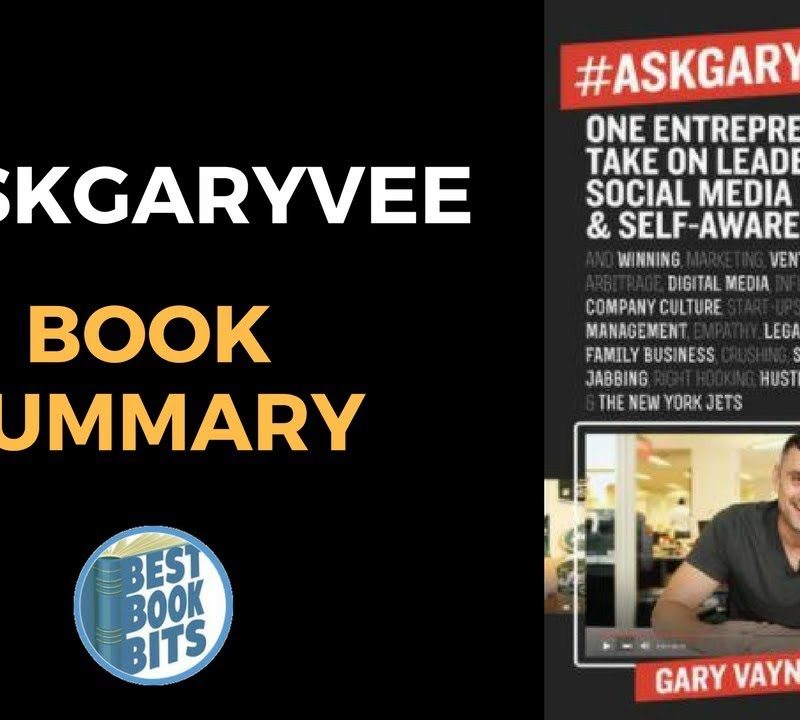< DOWNLOAD THIS SUMMARY IN PDF HERE >
< FOLLOW US HERE > |YouTube |Spotify | Instagram | Facebook | Newsletter | Website
Barbarians to Bureaucrats: Corporate Life Cycle Strategies by Lawrence M. Miller
“One day your sluggish company will take to the sound of a beating drum and the sight of a competitor approaching at ramming speed. On deck will be a jut-jawed Barbarian….He will hardly blink as his target is ripped apart, sending Aristocrats, Bureaucrats and their unfortunate shipmates to their corporate death….So goes Mr. Miller’s tale, from which we can all profit.” The Wall Street Journal
Barbarians to Bureaucrats presents a brilliant new solution to a stubborn old business problem: how to halt a company’s descent into wasteful, stifling bureaucracy. Lawrence M. Miller, a management consultant for such corporate giants as Xerox and 3M, argues that corporations, like civilizations, have a natural life cycle, and that by identifying the stage your company is in, and the leaders associated with it, you can avert decline and continue to thrive.
Every company begins with the compelling new vision of a Prophet and the aggressive leadership of an iron-willed Barbarian, who implements the Prophet’s ideas. New techniques and expansions are pushed through by the Builder and the Explorer, but the growth spawned by these managers can easily stagnate when the Administrator sacrifices innovation to order, and the Bureaucrat imposes tight control. And just as in civilizations, the rule of the Aristocrat, out of touch with those who do the real work, invites rebellion — from employees, customers, and stockholders. It will take the Synergist, a business leader who balances creativity with order, to restore vitality and insure future growth.
Executives from major corporations have already put the powerful insights of Barbarians to Bureaucrats into practice to regenerate their own companies. Now you can use this brilliant, lucid, and dazzlingly original book to put your company — and your career — back on track.
Summary of Barbarians to Bureaucrats. I start with a graphic. The blue line represents initiatives. The green lines represents results. They are lagging indicators.
There are seven stages of corporate life and seven leadership styles that dominate each stage. I think this applies to schools as well.
- The Prophet– The visionary who creates the breakthrough and the human energy to propel the company forward.
- The Barbarian– The leader of crisis and conquest who commands the corporation on the march of rapid growth.
- The Builder and Explorer– The developers of the specialized skills and structures required for growth, who shift from command to collaboration.
- The Administrator– The creator of the integrating system and structure, who shifts the focus from expansion to security.
- The Bureaucrat – The imposer of a tight grip of control, who crucifies and exiles new prophets and barbarians, assuring the loss of creativity and expansion.
- The Aristocrat– The inheritor of wealth, alienated from those who do productive work, who is the cause of rebellion and disintegration.
- The Synergist– The leader who maintains the balance, who continues the forward motion of a large and complex structure by unifying and appreciating the diverse contribution of the Prophet, Barbarians, Builder, Explorer, and Administrator.
During growth, leaders respond creatively to challenge. During decline, the respond mechanically, relying on responses that have been successful in the past. The truly excellent manager can act in many different ways depending on the situation s/he faces.
Leaders have the responsibility to see a future even if those on the front line don’t. The people on the front line, those dealing directly with students and parents are focused on, and should be, with what is in front of them. Collectively we also need to look ahead to reduce the surprise and crisis responses to a lack of creativity needed in the future.
In the book there are three helpful hints for each stage:
- You may be a prophet (each one is identified) if…..
- How to get along with a (prophet)…
- If a (prophet) works for you…
I strongly suggest buying the book and study the three parts above for people who work in your organization. It may give you some insights about how to deal with different people in different stages.
< DOWNLOAD THIS SUMMARY IN PDF HERE >
< FOLLOW US HERE > |YouTube |Spotify | Instagram | Facebook | Newsletter | Website
The Prophet
“Reasonable men adapt themselves to their environment; unreasonable men try to adapt their environment to themselves. Thus all progress is the result of the efforts of unreasonable men.” George Bernard Shaw
To understand the Prophet, we must appreciate the power of ideas and the spirit often associated with those ideas. Prophets are technological-or social-revolutionaries. They are explorers of ideas, all ideas. Their pursuit provides their motivation.
Myth: Big success requires big resources.
This myth keeps lots of ideas under wraps. Creating a culture of creativity, sharing ideas, and the willingness to help will transform learning.
Breakthrough ideas are almost never motivated by the prospect of making money.
The creative personality is likely to conflict with the mature culture or corporation.
It is not uncommon for the Prophet to transcend his first role and develop the qualities of Barbarian.
The Barbarian
“Every successful enterprise requires three men: a dreamer, a businessman, and a SOB.” Peter MacArthur, 1904.
A barbarian will make two visits in a cycle. One right after a corporations birth and again during times of renewal.
A barbarian’s personality is suited to a single-minded, even fierce, dedication to a mission. He completely accepts the work of his Prophet. It is not uncommon for a Prophet to turn into a barbarian. This is an example of a “heroic leader” who can rally the troops and obtain followers. In some organizations when they see a snake, they kill it and tell others about the danger. In some organizations they form a committee, bring in a consultant, and talk about it for a year. What kind of organization do you work for?
The Builder and Explorer
The builders will develop internal systems to address problems. Sometimes a builder has to resort to barbarian style tactics.
The explorers want to keep looking ahead for ideas. They go outside the internal systems to find other ways of doing things. This is why I say to educators, I read business literature for new perspectives. Not because I think business has the answer but because they write about some productive mental models that can be adapted inside education. An explorer will look at school from the student perspective and what the future requirements might be.
The growth of the organization at this point depends upon the ability of its managers to develop creative responses to new challenges. Success can destroy creative energy.
Stage 4: The Administrator
“Whenever an individual or a business decides that success has been attained, progress stops.” Thomas Watson, Sr.
The administrator wants safety and order. Safety and order are important for a safe environment. However, they tend not to take any reasonable risks to increase what has worked in the past. The assumption is what worked in the past will always work in the future. Prophets and barbarians can be seen as threats to the order of the organization.
The leader who accepts status quo probably won’t be around long-term. The real key is to know what to keep AND what knowledge, skills, and applications to acquire for the future.
The Bureaucrat
This role is generally to say, “NO.” Don’t change anything. Of course the environment changes and soon the organization is struggling to find answers to new problems. I heard this said, “Retirement is a bad idea.” I agree. Research shows that retired persons who have lost purpose deteriorate both mentally and physically.
There is a great deal of knowledge in business and education. Think of the African Proverb: “when an old person dies, a library burns.” It’s been said at age 65, you are mid-career.
If watching TV and playing golf works for you, great. If not, find a place to contribute.
At the time of publishing this book, Senior Honda managers all drive their own cars, made in the own plant to work. GM is investing billions into automation taking the human factor out of production. Are we continuing to try to make learning teacher proof. From my experience it is relationship or relevance that engages kids to get excited about learning.
The more bureaucratic the organization, the more division between those on the front line and those trying to control the system. Again, this is a both/and issue. Keeping safety and order while continuing to learn and grow as an organization. See the book AND by Barry Johnson for very current information on both/and vs either/or.
Far too often we look for a structural solution to a people issue. I remember going from semesters, to quarters, to trimesters, and back to semesters. Really? Isn’t the issue what goes on in the classroom, not how the time is structured?
Bureaucrats: Beware of Prophets and Barbarians. They are each unique and nonconforming. Do we really want standardized people to solve future problems?
The Aristocrat
“I hold that a little rebellion, now and then, is a good thing, and as necessary in the political world as storms in the physical.” Thomas Jefferson
Any where there is a rebellion, look for an aristocrat.
Competition requires creativity, responsiveness to customers, and competition for human resources. Aristocratic managers and companies can’t survive in competitive environments. This passage causes me to reflect. I see a major difference in our future in education. Those who want it to go back to what was (and some is still effective) vs this is the time for a new, more creative approach to learning. Learning in a formal setting AND learning in real situations.
I won’t belabor the point of aristocracy. They tend to hold on to power and build protections within the system to keep them safe. Unfortunately, if you close the system, reform, renewal, etc. is much harder and the intellectual talent need to adapt usually is already gone at this point.
So, what do you do?
The Synergist Prescription
“From the clash of differing opinions comes the spark of truth.” Baha’U’llah, Persian Prophet
A synergist is a leader who has escaped his/her own conditioned tendencies toward one style and has incorporated the different styles. They are a balance and blend of the characteristics of the Prophet, Barbarian, Builder, Explorer, and Administrator. But, most important, the Synergist is one who can create social unity.
Build a VIP program: Voluntary Involvement Program. Your star educators do not have to work for you. They can find a job. What attracts and retains the best talent to your organization? I highly recommend the most recent book I read. No Rules Rules by Reed Hastings and Erin Meyer. The best leaders have a combination of technical skills (yes they still are teachers at heart) and have the emotional EQ to create a psychologically safe place for people and ideas. And, they build it for kids.
Another place to look for ideas is another book from the 90s. Land and Jarman’s book, Breakpoint and Beyond. Yes, written a while ago. Still timely. A French writer, Karr wrote, “the more things change, the more they stay the same.”
Building for the future is not easy and it is important. As I often quote Angeles Arrien: “If your job is waking up the dead, GET UP, TODAY IS A WORKDAY.”
< DOWNLOAD THIS SUMMARY IN PDF HERE >
< FOLLOW US HERE > |YouTube |Spotify | Instagram | Facebook | Newsletter | Website















